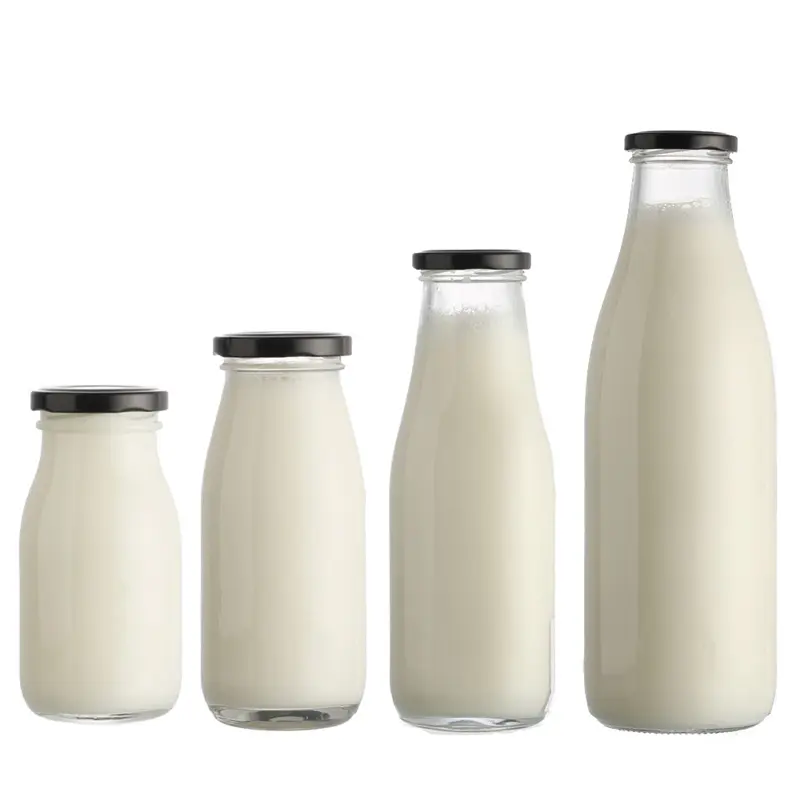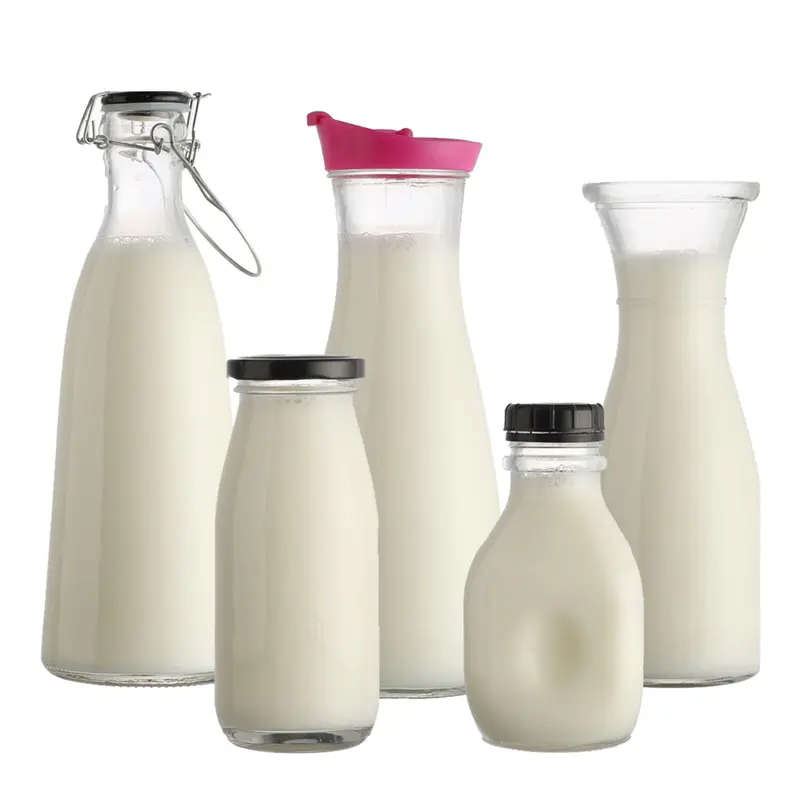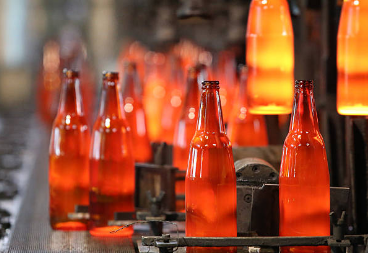|
Table Of contents
|
|
1. Initial Cost: Glass vs. Plastic |
|
2. Durability and Reusability |
|
3. Environmental lmpact |
|
4. Transportation Costs |
|
5. Long-Term Savings |
|
6. Conclusion |
Glass milk bottles may have a higher initial cost, but their durability andreusability make them a more economical choice in the long run.
Here’s a more detailed analysis comparing the costs of glass milk bottles versusplastic bottles:
Initial Cost: Glass vs. Plastic
Glass Bottles: Glass is typically more expensive to produce than plastic. Thisis because glass is heavier, requires more energy to produce, and involvesmore complex manufacturing processes. The raw materials for glass-sand,soda ash, and limestone-are relatively inexpensive, but the energy requiredto melt these materials at high temperatures to form glass bottles increasesproduction costs. Additionally, glass requires more durable packaging toprevent breakage during transport, further raising the cost.
Plastic Bottles: Plastic, on the other hand, is much cheaper to produce. lt islightweight, which reduces transportation costs, and the materials requiredfor plastic bottles (such as polyethylene terephthalate or PET) are generallyless expensive than the raw materials for glass. Manufacturing plastic bottlesalso requires less energy compared to glass, making it a more cost-effectiveoption in terms of initial production.
Durability and Reusability
Glass Bottles: Glass bottles are more durable and have a longer lifespan thanplastic bottles. They can be reused many times without degrading, whichmakes them more cost-effective in the long term, especially for consumers orbusinesses that recycle or return bottles. Glass is also resistant to wear andtear, and unlike plastic, it won’t degrade over time or leach chemicals into thecontents, making it a healthier, safer option. While the initial cost is higher,this durability makes glass bottles more economical over time.
Plastic Bottles: While plastic bottles are cheap upfront, they are oftendesigned for single use. Even if reused, plastic degrades over time, and thematerial can become brittle, resulting in more frequent replacements. Thisongoing need to replace plastic bottles adds up over time, making plastic lesseconomical in the long run compared to glass.

Environmental lmpact
Glass Bottles: Glass is 100% recyclable and can be reused indefinitely withoutlosing its quality or purity. The environmental cost of producing new glassbottles is higher than plastic, but because it’s fully recyclable and doesn’tdegrade, it contributes less to long-term pollution. The energy-intensiveprocess of recycling glass still uses less energy compared to creating newplastic bottles from raw materials.
Plastic Bottles: Plastic is a major environmental issue due to its long lifespanand difficulty in recycling, Many plastic bottles are not recycled properly,contributing to the global plastic pollution crisis. Even when recycled, theprocess is not as efficient as glass recycling, and the resulting recycled plasticis often of lower quality. This means that plastic bottles often end up inlandfills or oceans, creating a much larger environmental burden over time.
Transportation Costs
Glass Bottles: Glass bottles are heavier than plastic, which increases shippingand transportation costs. The weight of glass bottles can also increase carbonemissions during transport, further impacting environmental costs.Businesses may need to factor in these higher transportation costs whendeciding between glass and plastic.
Plastic Bottles: Plastic is much lighter than glass, which reducestransportation costs. This is one of the reasons plastic bottles are favored inthe industry-lower shipping costs translate into cheaper overall prices.Additionally, because plastic is less likely to break during transport, there arefewer costs associated with damaged goods.
Long-Term Savings
Glass Bottles: While glass bottles may be more expensive initially, theyprovide long-term savings due to their reusability and recyclability. Inindustries where bottles are returned and reused, such as in dairies or large-scale beverage distribution, glass bottles can be a more economical choiceover time. Additionally, consumers who prefer sustainability may be willing topay a premium for glass bottles, especially in countries or regions whereenvironmental awareness is high.
Plastic Bottles: The cost savings with plastic bottles are more evident in theshort term. They are cheaper to produce and transport, but due to theirsingle-use nature and degradation over time, they are less economical in thelong run. For businesses focused on reducing waste and increasingsustainability, switching from plastic to glass may result in greater savings inwaste management and disposal costs, even though the initial investment inglass is higher.

Conclusion
In summary, while glass milk bottles are more expensive initially due to higherproduction and transportation costs, they offer significant advantages in terms ofdurability, reusability, and environmental sustainability. Glass bottles can berecycled indefinitely, reducing long-term waste and environmental impact. Overtime, the higher initial cost of glass may be offset by its longevity, sustainability.and the growing consumer demand for eco-friendly products.
Plastic bottles, on the other hand, are cheaper upfront but have significantdownsides related to their environmental impact, limited reuse, and degradationover time. For businesses looking for a more sustainable, long-term solution, glassmay prove to be a better investment despite the higher initial cost.

If you’re in the market for a suitable storage and packaging material,
we have thousands of different types of glass products available.
Our professional team is here to support your business and share you valuable experiences.
Feel free to inquire!
Sales Annie
Email:sales07@xzbolite.com
Whatsapp:+8619852099059





